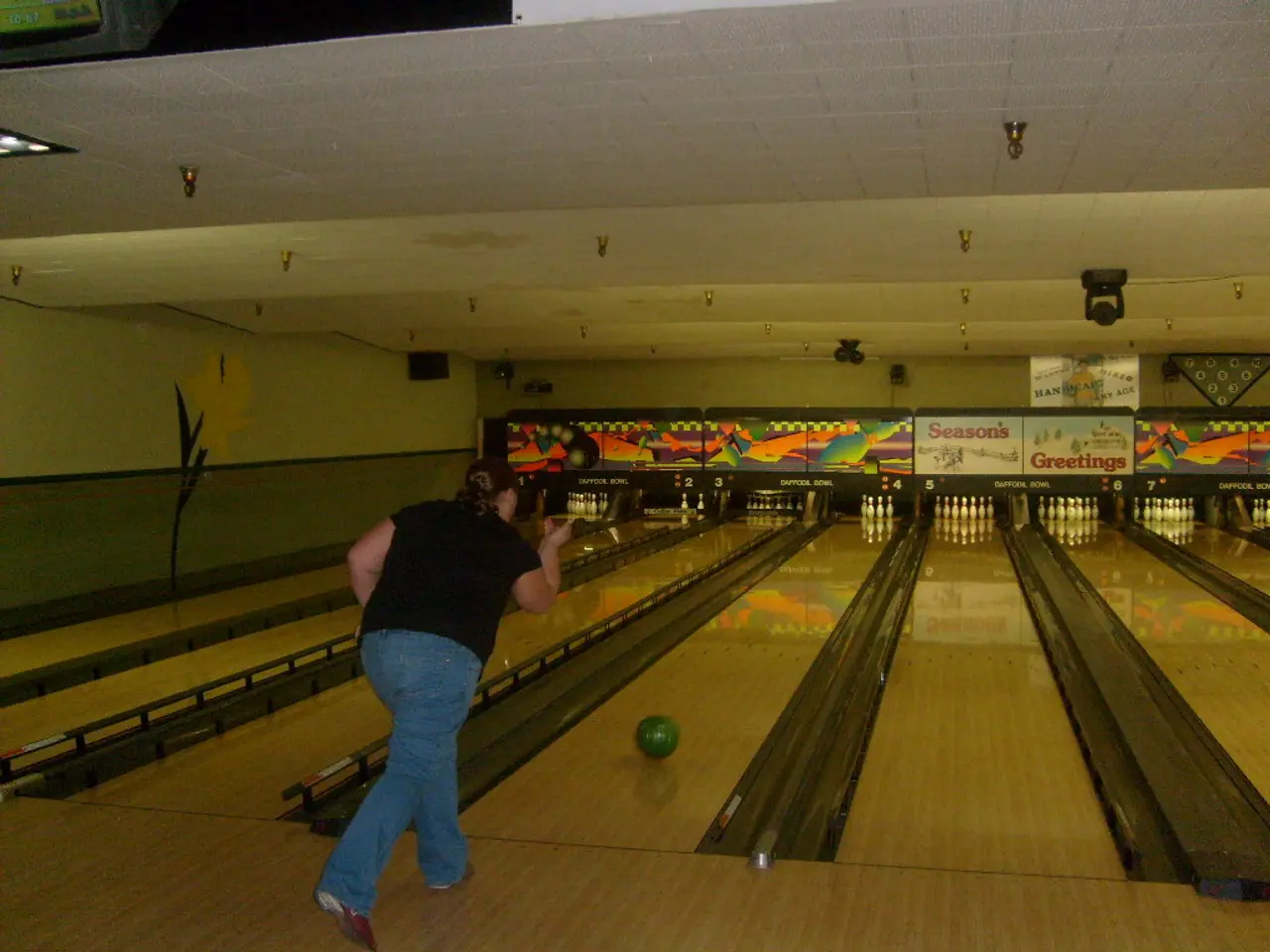Peering Inside the Lens of a Bowling Ball
In a fascinating twist to the world of sports technology, a team of innovators has developed a groundbreaking device known as the bowling ball camera. This unique setup offers an unprecedented point-of-view footage from within a rolling bowling ball, shedding light on the journey of the ball as it rolls down the lane and strikes the pins.
**Camera Integration**
The creation of the bowling ball camera begins with carving out a cavity to securely house a compact action camera, such as those from Insta360 or GoPro. The camera is positioned to capture the ball's rotation and the environment it passes through, before being sealed within the cavity to protect it from impacts and maintain balance.
**Power and Activation**
The camera is powered by its internal battery or an external power source, with remote activation or a timer used to start recording before the ball is rolled. Some setups may include wireless transmission for live video, though most rely on onboard recording due to space constraints.
**Rolling and Recovery**
The modified bowling ball is rolled down the lane as usual, with the embedded camera capturing the unique perspective of spinning, sliding, and striking the pins. After the roll, the ball is retrieved, and the camera is accessed to extract the footage, with care taken to avoid damaging the camera upon impact with pins or the backstop.
**Creative Challenges**
Modifying the ball must be done carefully to keep it legal for play and to ensure smooth rolling. Padding and secure mounting help protect the camera from the forces experienced during play, while choosing a wide-angle or fish-eye lens captures more of the journey and gives a more immersive perspective.
The duo Wren and Erik Beck created this bowling ball camera to explore the journey of a bowling ball. The pin side was solved using a simple foot, but the bowler side required more complex solutions. The stabilization in the bowling ball camera is done digitally. After many attempts with cardboard shimming, the team eventually used a regular-sized bowling ball to push the camera from the bowler side.
One challenge faced by the team was the camera's diameter, as clear half-domes can only be formed in certain sizes, and the closest to the standard bowling ball size of 8.5 inches was 8 inches. This size limitation caused challenges during filming, preventing both the pin-side pickup and the bowler side pickup from gripping the ball.
The outer shell of the bowling ball camera was made of two acrylic or polycarbonate domes. The ball can only be rolled along the plate line to prevent vibrations. The acrylic dome provided better optics, while the polycarbonate dome offered better strength. Each lens of the Insta360 X5 camera has a 200-degree field of view, but anything within the overlap of the two lenses does not appear in the footage.
Motion blur became an issue due to the spinning camera, but increasing the shutter speed and ISO resolved it. A noticeable seam appears down the middle of the footage due to the placement of the metal plates. Despite these hurdles, the final footage turned out brilliantly, offering a rare glimpse at what the bowling ball “sees,” creating engaging and unique video content that was previously impossible to achieve. The team is already looking forward to a V2 of the bowling ball camera with a correct diameter.
The bowling ball camera, integrating a compact action camera like those from Insta360 or GoPro, showcases technology's role in enhancing our understanding of sports, offering an exceptional viewpoint from inside a rolling bowling ball. Aside from gadgets, creative challenges were encountered, such as their diameter affecting the grip and filming process, and the need for careful modifications to maintain balance and legal play.




